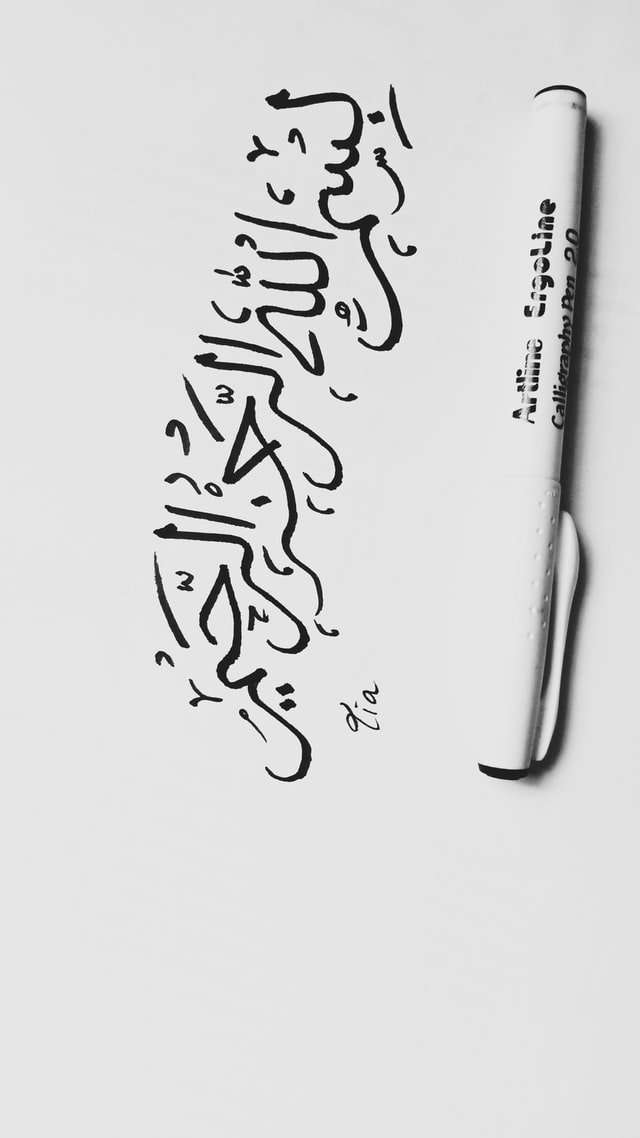Street Art is a form of Visual Communication with an intent, to communicate ideas and messages. The idea of street art has been around for centuries and has even been used by ancient civilizations as a means of visual communication. Street art has evolved over time from vandals spraying their names or logos on walls or other surfaces, to painters creating murals on the sides of buildings, to today’s elaborate installations that require months of planning and preparation.
A lot of people tend to think that street art and graffiti are the same thing, but these are actually two different forms of visual communication. Graffiti is considered vandalism while street art is considered a form of art. They both differ in purpose and execution. Both use similar methods such as stencils, spray paint, acrylic paint, stickers, markers etc., but graffiti is usually done without permission on private properties or public walls where it is unwanted whereas street art is done with permission on walls or objects where it is wanted as part of the design.
Street art can be seen all around the world in various forms and mediums. From murals painted on the sides of buildings such as our recent Trompe L’Oeil post, to sculptures made out of bookshelves like this one we covered earlier this year,
Street art and graffiti are strong forces in the contemporary urban environment. In recent years, the movement has become more mainstream and has even worked its way into the fine arts. The graffiti and street art movement has evolved a lot over the years.
The History of Street Art & Graffiti
Street art is a broad term that encompasses many different things. It can be sculptures, paintings, installations or often a combination of all three. From murals to stencils, wheat paste posters to subversive activism, street art is found all over the world. The history of street art leads back in time before Ancient Egypt, with cave paintings creating a likeness of what they saw around them.
Nowadays there is even a name for it: vandalism.
Graffiti was first used in Ancient Rome as an acronym for “Graffito di Romam” or “Roman scribble”. Graffiti was used later on by soldiers during the Roman Empire to mark their territory with Latin tags and symbols like SEX and SPQR (Senatus Populusque Romanus “The Senate and People of Rome”). This explains why you will find these words on walls in Europe until today. After the fall of the Roman Empire, graffiti became rather scarce for about 1000 years.
In 1859
“The Evolution of Street Art” Blog is dedicated to the history, evolution and the meaning of street art. Through art, we try to understand the world around us and our own place in it. Street art is an important part of the arts.
Tattooed Lady
In 1891, a woman who was missing her left forearm, left breast and had tattoos on her right leg, right arm and right side of her face walked into the office of Dr. Robert W. Lovett in Philadelphia, Pennsylvania. She told him that she had been born in Philadelphia and that her name was Mary Rafferty. She was 55 years old (born in 1836) but she looked much older because she had been working as a prostitute since she was a teenager. She said that she had been married three times but did not know where any of her husbands were and that she did not have any children. After hearing this story, Dr. Lovett offered this woman a job as his housekeeper and nurse and paid her $10 per month and room and board at his home on South 15th Street in Philadelphia. Her job was to look after his three adopted daughters – ages 7, 5 and 2 – as well as his wife Sarah who was expecting another child in February
The history of graffiti and street art is a long and complicated one. It has become more accepted in the last decade or two, with some artists being commissioned to create works for public spaces.
There have been many movements and styles throughout the history of graffiti and street art, but one thing remains constant: illegal writing and artwork on public spaces.
As such, they are often controversial, with public pressure leading to many pieces being removed or painted over by authorities. However, the movement of graffiti and street art has continued to evolve into something that is now worldwide accepted as “art”.
Graffiti and street art is often made by people who associate themselves with the hip-hop culture or lifestyle.*
These artists often use vibrant colors in their pieces, which can include letters, numbers, symbols, cartoons, or just a vibrant display of color. Many times these murals will be created illegally on surfaces that are not theirs.*
The mural may be commissioned work by an artist who wants to make a statement about a certain issue in society.*
Artists may also paint over existing advertising in order to make their work more visible.*
Many times these murals will be created illegally on surfaces that are not theirs.*
Graffiti can also be seen as an evolving way of
Street art is a form of graffiti that can be found in public areas. This is an important and popular form of art, especially among young people. Street art and graffiti are often seen as one and the same thing, but they differ in many ways.
Tagged as:art, street art, graffiti, hip-hop, mural, urban art
Street art, also known as graffiti, is a form of visual art that appears in public and is created by individuals or groups who choose to display their work in public locations. Street art can be defined as any type of work that is designed for outdoor display, such as paintings on walls, murals on buildings, sculptures, mosaics and installations.
The purpose behind street artwork is to provide enjoyment to the public that views it. The artists who create this type of artwork are usually not part of the commercial or fine art world. They are often either anonymous or pseudonymous and seldom seek recognition for their works. Their work is created so they can express themselves freely without being concerned with how others will view their efforts.
Street art began during the 1970s in New York City, where spray paint became one of the most popular tools used to modify the urban landscape. It has evolved over time into an internationally recognized movement that utilizes various forms of media to bring attention to social issues through artistic expression.
Before the 1960s, street art was frowned upon by society. Graffiti artists and street artists were seen as socially dangerous people who vandalized property and spread a negative message to the community. This all changed when a young artist named Keith Haring took to the streets of New York City.
Tagging and graffiti were two different styles of expression in the 60s, 70s and 80s. Tagging is the informal writing of one’s nickname or “tag” on various surfaces in a neighborhood. Often this was done with spray paint on public walls, trains, subway cars and even power boxes. This kind of graffiti was done quickly and without planning.
Graffiti artists on the other hand planned out their art beforehand and used spray paints to create large murals on massive walls and buildings. The paintings gave a voice for those who felt like they didn’t have one in society. The pieces often included political messages from groups such as the Black Panthers or anonymous individuals speaking out against corporate America, racism and government corruption.
Mural by Jean-Michel Basquiat from 1982
One of the most famous graffiti artists is Jean-Michel Basquiat, who has been described as “the first graffiti artist turned fine artist.” He mastered all three forms of graffiti



